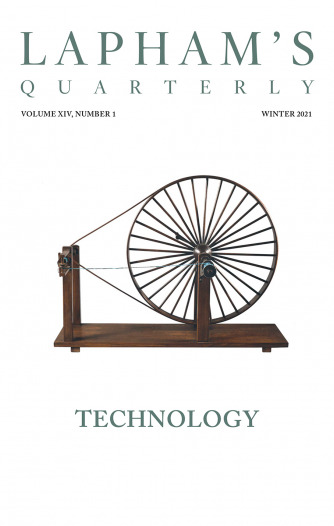I am now to relate some strange and remarkable passages. There was a company of people lived in the country, up above in the river of Connecticut, a great way from their trading house there, and were enemies to those Indians which lived about them, and of whom they stood in some fear (being a stout people).
About a thousand of them had enclosed themselves in a fort, which they had strongly palisaded about. Three or four Dutchmen went up in the beginning of winter to live with them, to get their trade and prevent them for bringing it to the English, or to fall into amity with them, but at spring to bring all down to their place. But their enterprise failed, for it pleased God to visit these Indians with a great sickness, and such a mortality that of a thousand, above nine and a half hundred of them died, and many of them did rot aboveground for want of burial, and the Dutchmen almost starved before they could get away, for ice and snow. But about February they got with much difficulty to their trading house, whom they kindly relieved, being almost spent with hunger and cold. Being thus refreshed by them divers days, they got to their own place, and the Dutch were very thankful for this kindness.
This spring, also, those Indians that lived about their trading house there fell sick of the smallpox and died most miserably; for a sorer disease cannot befall them. They fear it more than the plague; for usually they that have this disease have it in abundance, and for want of bedding and linen and other helps, they fall into a lamentable condition, as they lie on their hard mats, the pox breaking and mattering, and running one into another, their skin cleaving (by reason thereof) to the mats they lie on; when they turn them, a whole side will flay off at once (as it were), and they will be all of a gore-blood, most fearful to behold; and then being very sore, what with cold and other distempers, they die like rotten sheep. The condition of this people was so lamentable, and they fell down so generally of this disease, as they were (in the end) not able to help one another; no, not to make a fire, nor to fetch a little water to drink, nor any to bury the dead, but would strive as long as they could, and when they could procure no other means to make fire, they would burn the wooden trays and dishes they ate their meat in, and their very bows and arrows; and some would crawl out on all fours to get a little water and sometimes die by the way and not be able to get in again.
But those of the English house (though at first they were afraid of the infection), yet seeing their woeful and sad condition, and hearing their pitiful cries and lamentations, they had compassion of them and daily fetched them wood and water and made them fires, got them victuals while they lived, and buried them when they died. For very few of them escaped, notwithstanding they did what they could for them to the hazard of themselves. The chief Sachem himself now died, and almost all his friends and kindred. But by the marvelous goodness and providence of God, not one of the English was so much as sick, or in the least measure tainted with this disease, though they daily did these offices for them for many weeks together. And this mercy which they showed them was kindly taken and thankfully acknowledged of all the Indians that knew or heard of the same; and their master here did much commend and reward them for the same.
From Of Plymouth Plantation. Born in Yorkshire, Bradford became a separatist Puritan at the age of twelve. In 1620, having migrated to Holland, he helped organize the voyage of the Mayflower. The following year he was elected governor of Plymouth Colony, a position he held for three decades. The “English house” mentioned here was a trading post established in 1633, after the Wongunk leader Wahginnacut offered Plymouth Colony a parcel of land in exchange for allegiance against their Pequot rivals. Scholars estimate that by 1637 smallpox had killed up to three-quarters of both tribes’ populations.
Back to Issue

